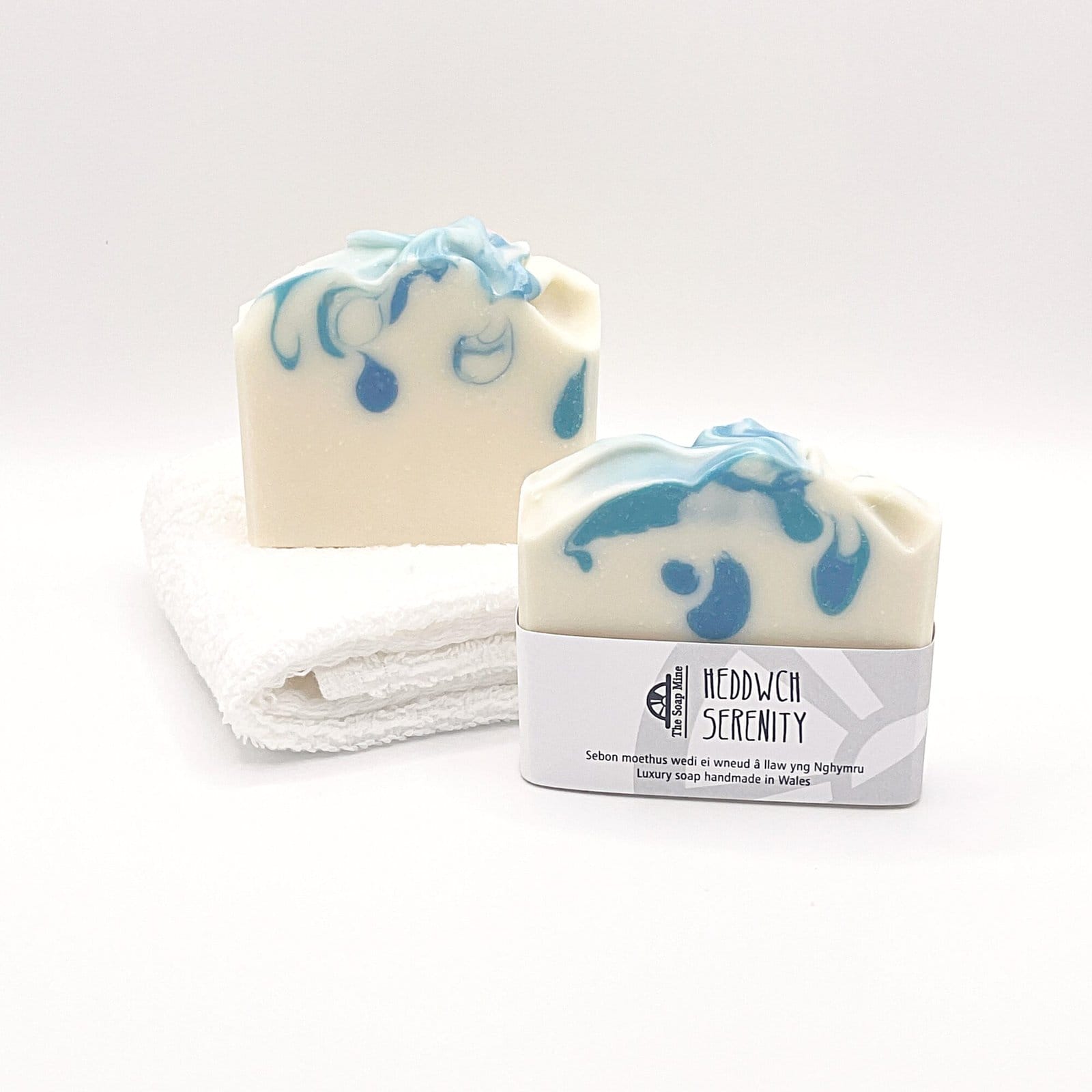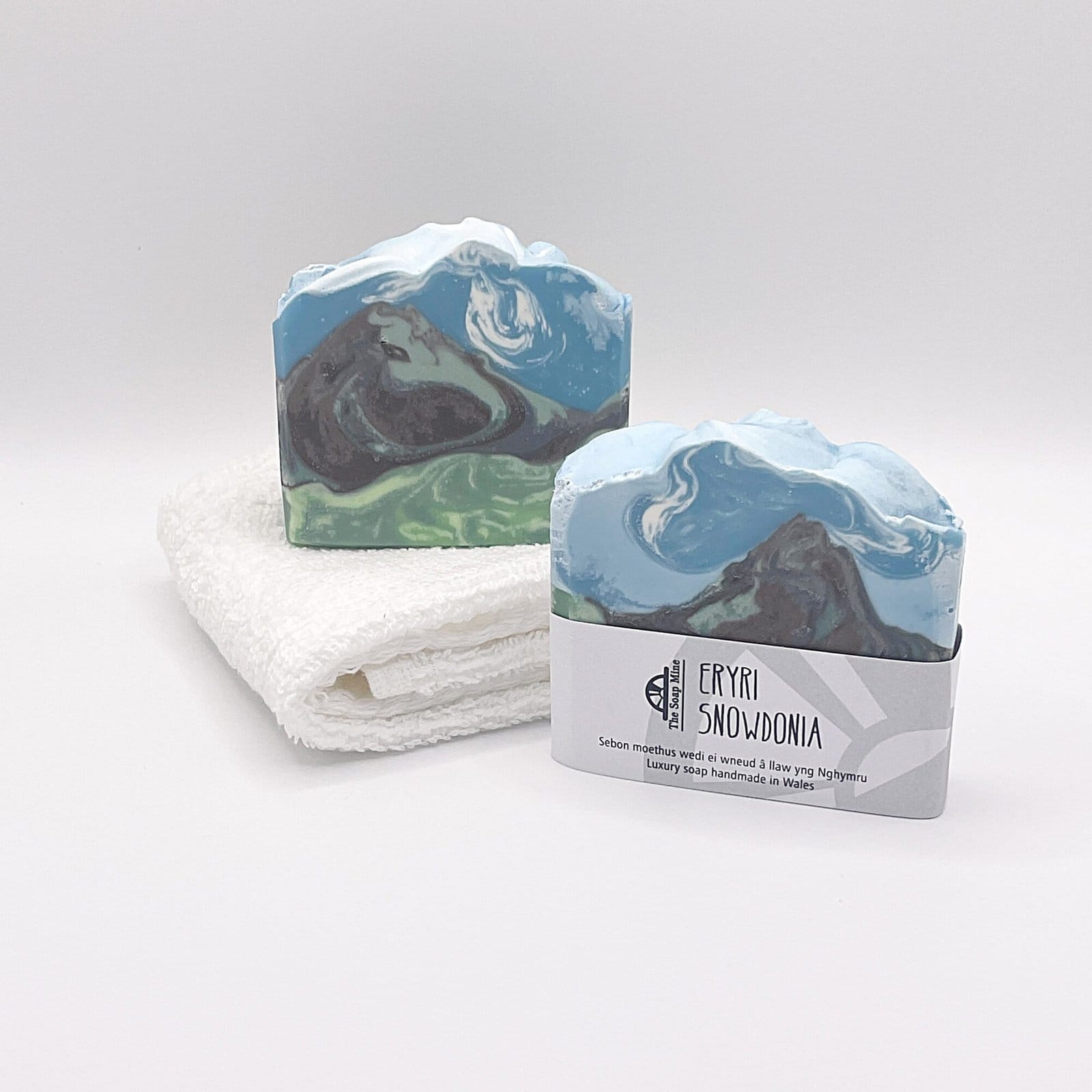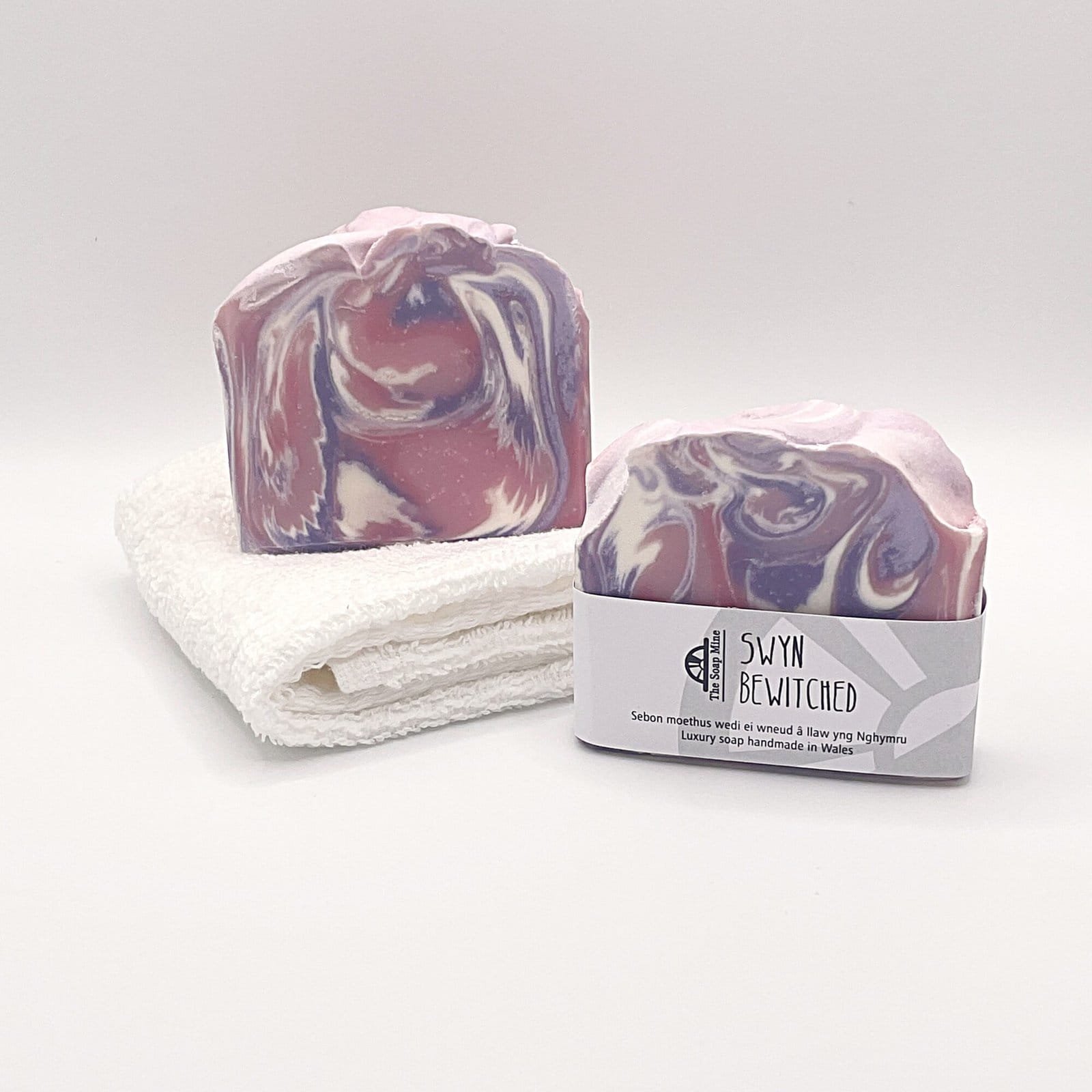Bar soap sometimes gets a bad rap and, for a soapmaker and obsessive solid soap fan, this is hugely frustrating. There are so many good reasons to swap from using liquid soap to bar soap and here, in no particular order, are my top ten great reasons to consider switching. Please note that these points relate to real, handmade soap rather than commercially produced soap. That is a different kettle of fish altogether!
- Bar soap is more convenient to travel with as it’s less likely to leak or spill, and of course if you fly hand-luggage only, you won’t be forced to bin it before going through the security checks.
- Bar soap can be more satisfying to use than liquid soap, as it creates a rich and luxurious lather that feels indulgent on the skin. Contrary to what many detractors say, well made soap is NOT as drying as most liquid soaps on the market.
- Bar soap is usually much cheaper per use than liquid soap, making it a more cost-effective option.
- Bar soap is available in a huge range of shapes and sizes, making it easy to find a product that suits your needs. There are vegan and non-vegan (eg tallow soaps) options, soaps fragranced with essential oils or fragrance oils, or with no fragrance at all. Soaps coloured with clays, or botanicals, minerals or natural/synthetic micas, and soaps with no added colour whatsoever. There are goats milk soaps, and coconut milk soaps, soaps with added spices and soaps with exfoliants. Soaps made with fancy, expensive oils and those with more basic ingredients. There’s something to suit everyone, which isn’t necessarily the case with liquid soap.
- According to the McGill Office for Science and Society*, the carbon footprint of a bar of soap is about 25% less* than that of a bottle of liquid soap. This is partly because liquid soap is largely water, which makes it heavier and requires more energy to transport. Another reason is that the plastic container and the liquid soap itself both typically take more energy to be made than does a bar of soap and its packaging.
- Solid soap doesn’t require the use of a plastic dispenser, making it a more eco-friendly option. Bar soap is more environmentally friendly as it typically comes in minimal packaging and generates less waste than liquid soap.
- Well-made and well-cured (for a minimum of 4 weeks) solid soap lasts longer than liquid soap. This is epecially true if it’s kept in a dry place between uses. Again, the McGill Office for Science and Society* says: “On average, people use about 2.3 grams of liquid soap to wash their hands but only about 0.35 grams of a bar soap”.
- As a general rule, bar soap is more gentle on the skin than commercially produced liquid soap which, in actual fact, is usually a synthetic detergent, originally created as laundry soap. These synthetic detergents often include ingredients that can cause dryness, skin irritation or allergic reactions.
- Bar soap is easier to store and takes up less space in the bathroom than bulky liquid soap dispensers. Plus you get to treat yourself to beautiful soap dishes!
- By buying handmade bar soap you are usually supporting a small business, whether from the maker directly or a local independent retail outlet that stocks their products. This puts money back into the community rather than a large conglomerate.
*https://www.mcgill.ca/oss/article/health/liquid-or-bar-soapy-tales
Share this with anyone who still needs convincing. Oh, and do comment below with any reasons people still have for not using solid soap. I’ll work on some counter-arguments 😀












